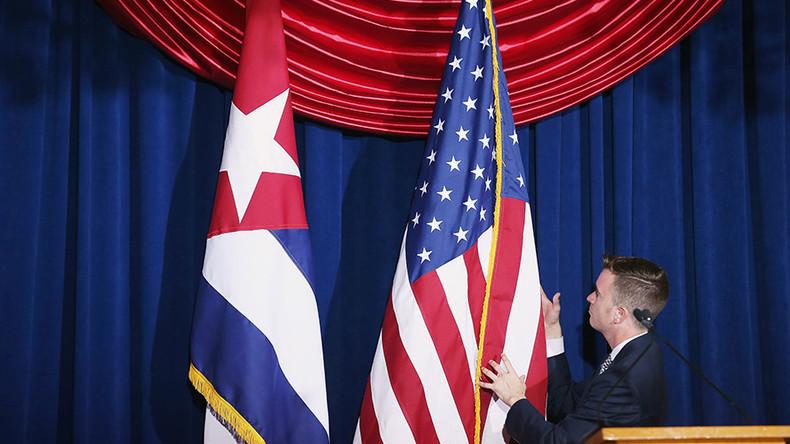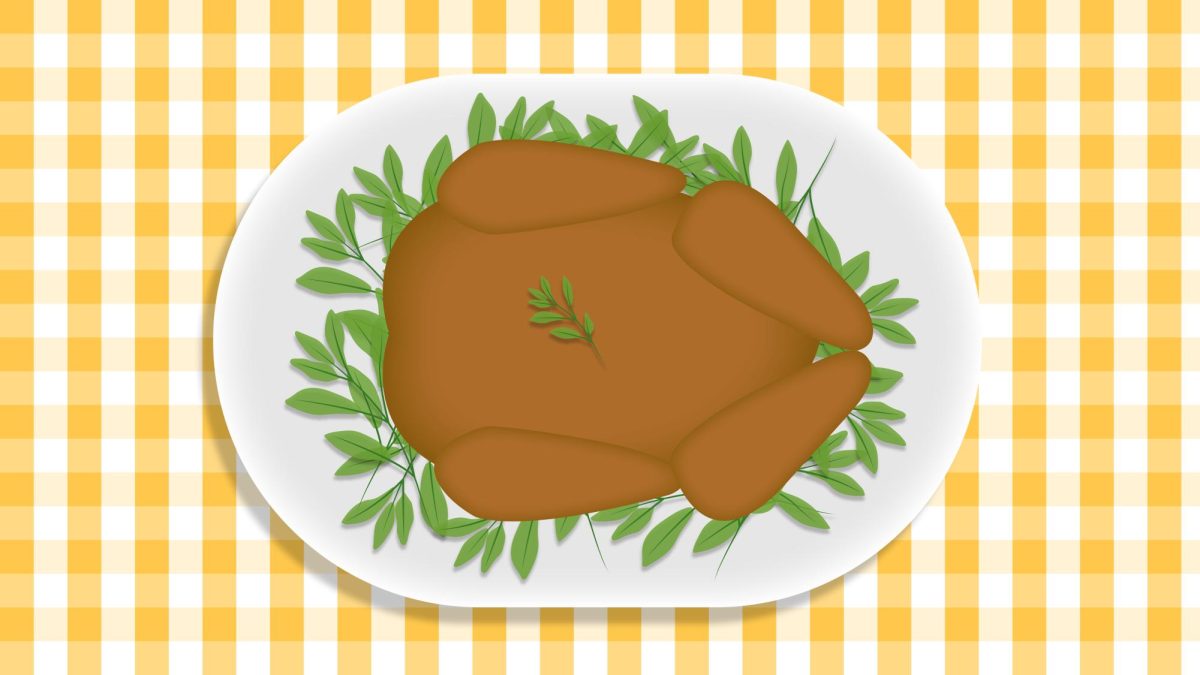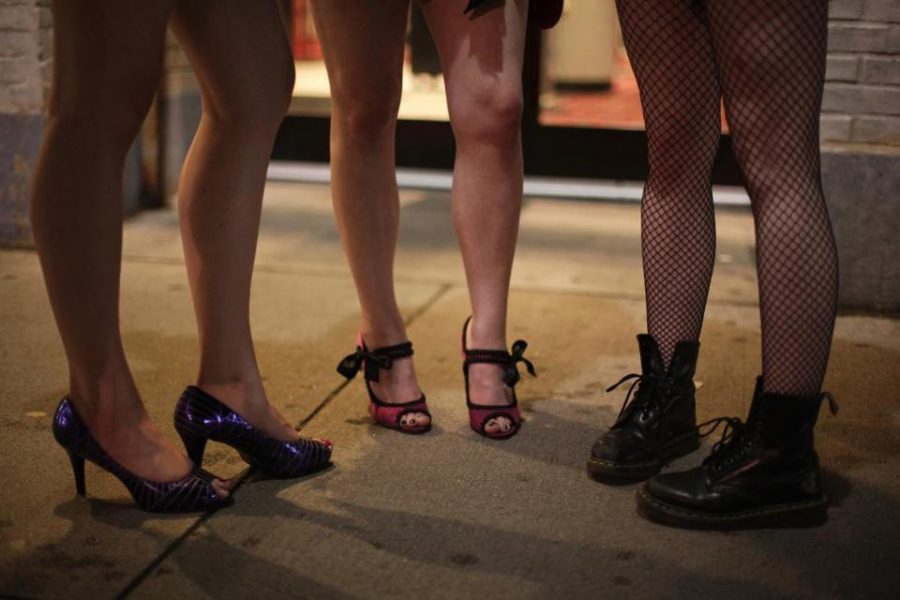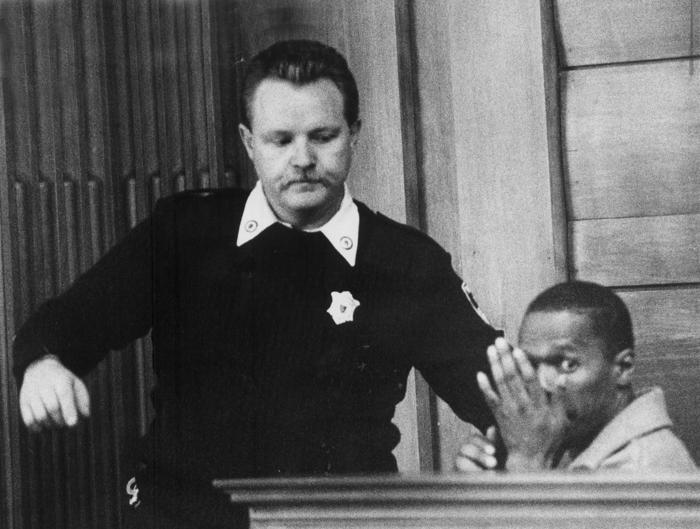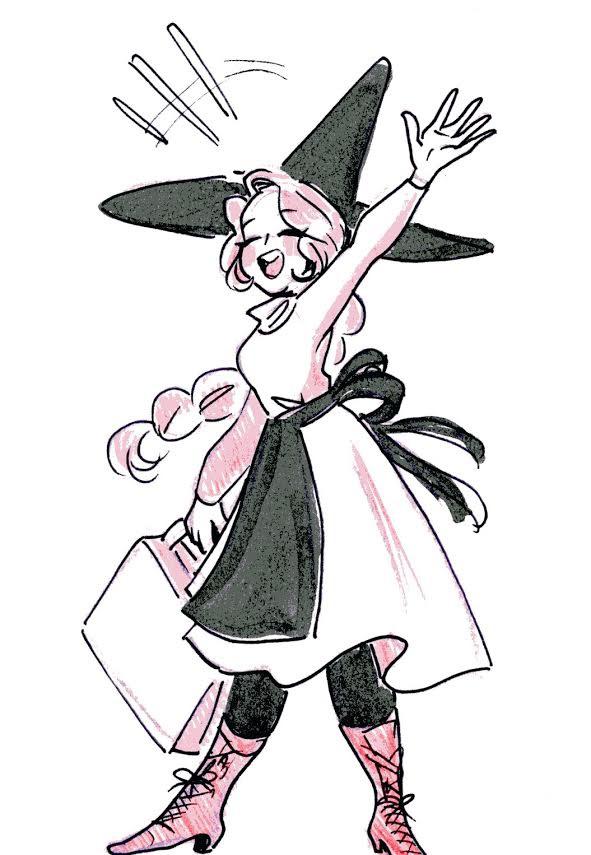By Simran P. Gupta
Staff Writer
The tenth anniversary of Stephenie Meyer’s “Twilight” is upon us, and to commemorate it, she has released a revamped version of the original — with a twist. “Gender and species aside, ‘Twilight’ has always been a story about the magic and frenzy and obsession of first love,” Meyer claims in the foreword of this new version. She put that theory to the test; the result was recently released “Life and Death”.
Beaufort Swan and Edythe Cullen take the place of Bella and Edward in this reimagined universe. The project was an interesting one because of the way it was done: “fast and easy,” as Meyer herself put it. It is clear that the same template was used for more than three-fourths of the book; the rest was portions of the original “Twilight” that Meyer took the opportunity to rewrite. It lays the groundwork for an interesting comparison of Beau and Edythe to Bella and Edward and of the growth (or lack thereof) of Meyer’s writing, considering the purpose of the project was to defy stereotypes.
Upon beginning the story, it is easy in some ways to get invested in Beaufort Swan’s character. His humor is dry and sarcastic, his thoughts are to the point, and he had the normal anxieties of a teen switching schools in the middle of the school year. As Meyer said in her foreword, “he doesn’t have the chip on his shoulder that Bella carries around.” The internal thoughts of Beau Swan are indeed easier to read than the inner musings of Bella Swan. To an extent, her project gives the impression that it was simply done through the find/replace tool on Word for the most part — until you start to notice the small differences.
These are the small differences that suggest Meyer may not have accomplished her goal of shattering stereotypes with “Life and Death”. Subtle things, such as Beau and Edythe’s interactions vs. Bella and Edward’s interactions; Beau and Julie’s reconnecting vs. Bella and Jake’s reconnecting; and basic character qualities raise red flags. The attractive female vampires all receive more unnecessary physical descriptions than did their male counterparts in “Twilight;” Meyer goes so far as to claim the female Dr. Cullen’s colleagues have trouble focusing on their work in the hospital when she is around.
In Beau’s meeting with Julie, she is friendly and talkative, but she is not smitten and does not appear to have a crush on him the way Jake did with Bella. In fact, when Beau is seeking information about the Quileute tribe’s legends about the “Cold Ones,” he does not have to flirt or play up traditional qualities associated with his gender, as Bella did with Jake. Julie gives him the information freely in a pleasant, inquisitive conversation on the beach. Beau’s obsession with the Cullens differs from Bella’s in that Beau’s is more curious; Bella’s is more obsessive and all-consuming.
There are some other pointed gender-related differences between Beau and Bella. Beau, as a character, is less of a negative person, whether it’s towards himself or his surroundings. He is not as deeply insecure about himself as Bella is, he does not cry or feel emotion as intensely as Bella did when she thought Edward hated her, and he is constantly occupied by thoughts of how “hot” Edythe and her female family members are. These are all curious points, because can’t boys feel negative emotions intensely?
Boys can cry, can be cripplingly insecure, and can look past physical appearance (it is not until Beau interacts with Edythe more that he is intrigued by her character). His interactions with Edythe read as more flirty and playful; she is not dark and brooding like Edward, nor does she come off as controlling the way he did. In fact, she does not come off as dark and dangerous either, and it is worth wondering whether that’s because she is a female vampire rather than a male vampire.
The other side of the coin, however, is that in some small ways, Beau and his fellow gender-bent characters do defy the stereotypes they are supposed to. He is clumsy and bashful, described as having the same “splotchy” blush as Bella. He’s not an athletic jock, he doesn’t really know anything about cars, and in the insecurities and frustration that we do see, he is flawed and human and along the same vein, relatable. Edythe herself puts Beau in his place after she takes him out to dinner and pays, telling him not to “try not to get caught up in antiquated gender roles.” He does worship Edythe in a way that isn’t necessarily the healthiest, the way Bella hung on Edward’s every word.
“Life and Death” was inspired by abounding criticism that Bella was perpetually a “damsel in distress,” constantly being rescued, never really thinking for herself. Critics and readers galore have renounced the Twilight Saga as problematic for a host of reasons, including Edward’s controlling, possessive ways and Bella’s static, wanting-for-substance character.
“She’s also been criticized for being too consumed by her love interest,” Meyer acknowledges, “as if somehow that’s just a girl thing.” Stephenie Meyer made a valiant effort to convey that boys can be just as consumed by their first love, but it is clear that she falls just short of her goal when one compares “Twilight” and “Life and Death” side by side.





